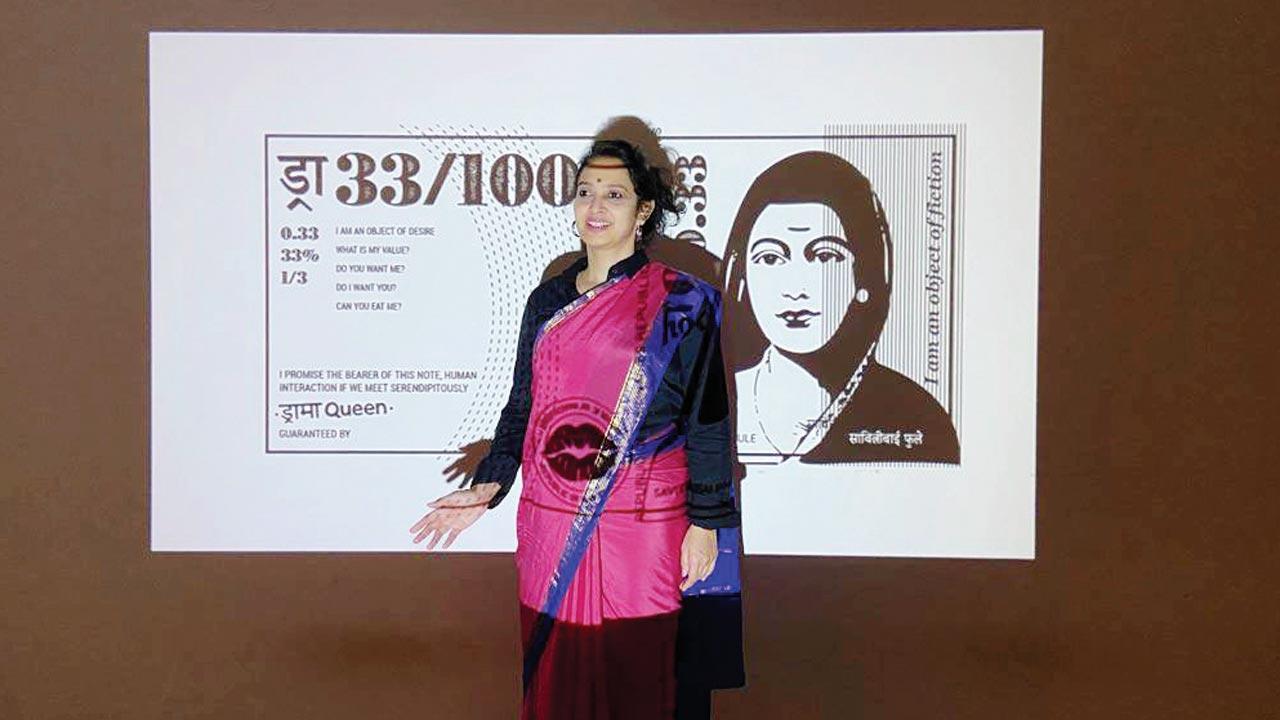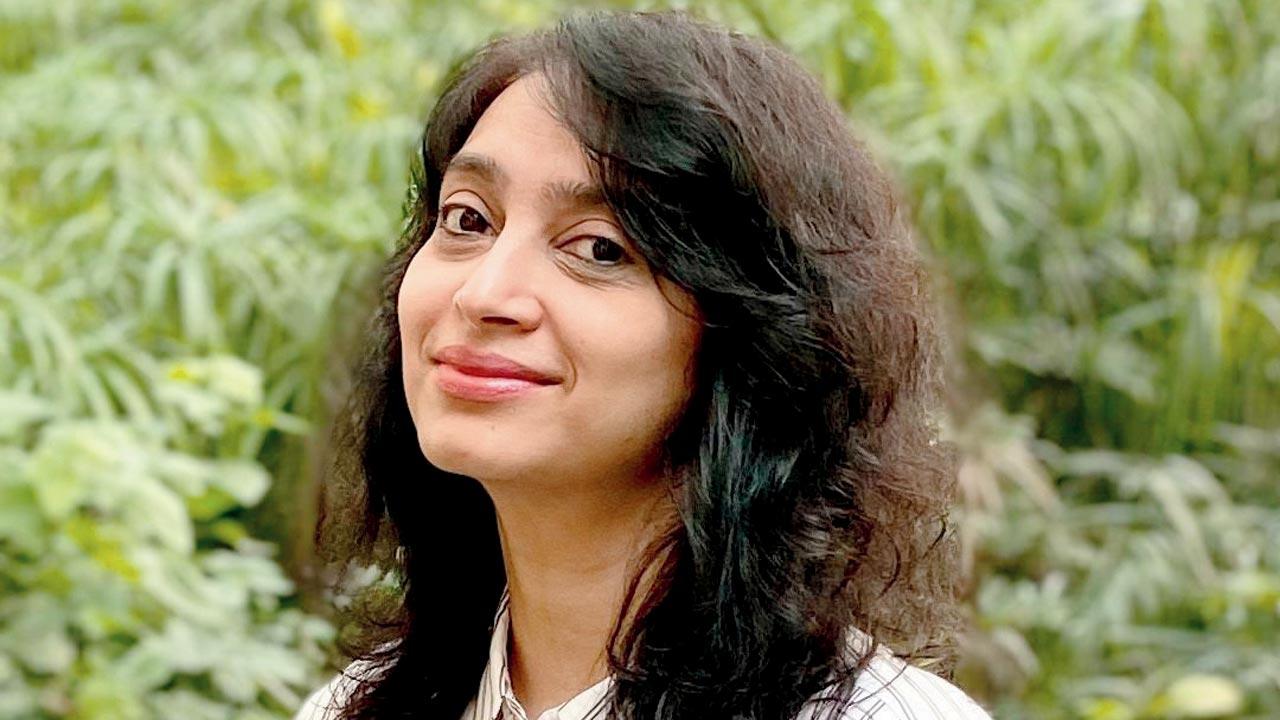As part of a German arts company’s project on white funds for art commissioned from the Global South, an Indian theatre artiste will present a humanistic idea of money

Ghosalkar says that the notes are quite dense, themselves becoming objects of art. Pic courtesy/Debanshu Bhaumik
Anuja Ghosalkar, who divides her time between Bengaluru and Mumbai, has since 2015 practised a form of documentary theatre that focuses on personal and oral histories, archives and materials, exploring subjects like technology, gender and intimacy while breaking the hegemony of the playwright, the director and the actor in conventional theatrical practice. Her Bengaluru-based theatre company Drama Queen through well-travelled shows like Lady Anandi—about her great-grandfather, a female impersonator in late 19th century Marathi theatre and narrated using archival photos as projections on her body—and workshops have sought to build audiences and the language of documentary theatre in India, a form borrowed from the German theatrical tradition. Ghosalkar is also the curator of the popular Lonely Hearts Club on Instagram which invited recordings of erotica from listeners, her attempt being to subvert the algorithm of Instagram, encouraging people to listen instead of being driven purely by the visual. Earlier this month, supported by the Goethe-Institut Mumbai, contributors to the club performed virtually on Zoom exploring issues around online erotica and voyeurism among other things.
ADVERTISEMENT
Next month, Ghosalkar will be participating along with five other international artistes in Berlin-based performing arts company Flinn Works’ White Money project, devoted to the theme of money that flows from Europe to fund artists in the Global South, requiring them to cater to orientalist or exotic images of non-white cultures and thereby reinforcing racist and neo-colonial structures. “It is an idea whose time has come because museums across the world are trying to decolonise their wares,” she tells us over a telephonic call. “The moment is right to think about money and its politics.”
 Anuja Ghosalkar
Anuja Ghosalkar
Ghosalkar like many, has had a troubled equation with such funding. “Of course, I have been funded by white money,” she says, which itself has often proved insufficient. But there is also the matter of facing rejections from Indian funders because her work has not been perceived as Indian enough. Despite her own rootedness in her culture, Ghosalkar’s practice has been associated with a western aesthetic. Moreover, her work at an arts foundation from 2008 to 2013, sanctioning grants to other artists, gave her an understanding of the self-seeking nature of this relationship. “I have been on the other side and understand the power relation between money and art,” she says. “[This project] was a way of reflecting on those five years where my voice was being blunted.”
“I started with the idea that I, as a woman artist have agency whether I get white, brown or black money, and I wanted to exercise it as a performance maker,” she says explaining how artists too are often complicit in their own victimisation given the way they are forced to present themselves, network and write proposals. Her project, whose working title is Double Agent X/I Promise the Bearer, and for which she is seeking funding to show in India after its Berlin opening, will look at currency as the greatest fiction that human civilisation has bought into. While it will playfully present her story as an artist and share her interactions with her mother, dog, lover, guru, and funders, at the heart of it are fictional currency notes that she will make on stage using a printmaking process called the woodcut, tracing them using the technique of frottage. These are designed on recycled paper carrying the image of a woman, says Ghosalkar mysteriously, reluctant to give away too much. They also bear traces of an imaginary republic, which has echoes in philosophy, emojis of lips and the saying ‘I promise the bearer of this note a human interaction if we meet serendipitously’, along with lyrics of pop songs, quotes from economists and of acclaimed German philosopher and critic Water Benjamin.
“The notes are quite dense, themselves becoming objects of art,” she observes. Moreover, their tactility works in tandem with the fact that they will form a part of a physical show after nearly two years of virtual performances.
The notes will be handed over to the audience in the end urging them to buy the other a drink, hold their hand and give them a hug when they encounter one another again. “I hope the promise of this humanism is carried through [in the performance],” says Ghosalkar. “That is the promise of this fiction.”
 Subscribe today by clicking the link and stay updated with the latest news!" Click here!
Subscribe today by clicking the link and stay updated with the latest news!" Click here!







